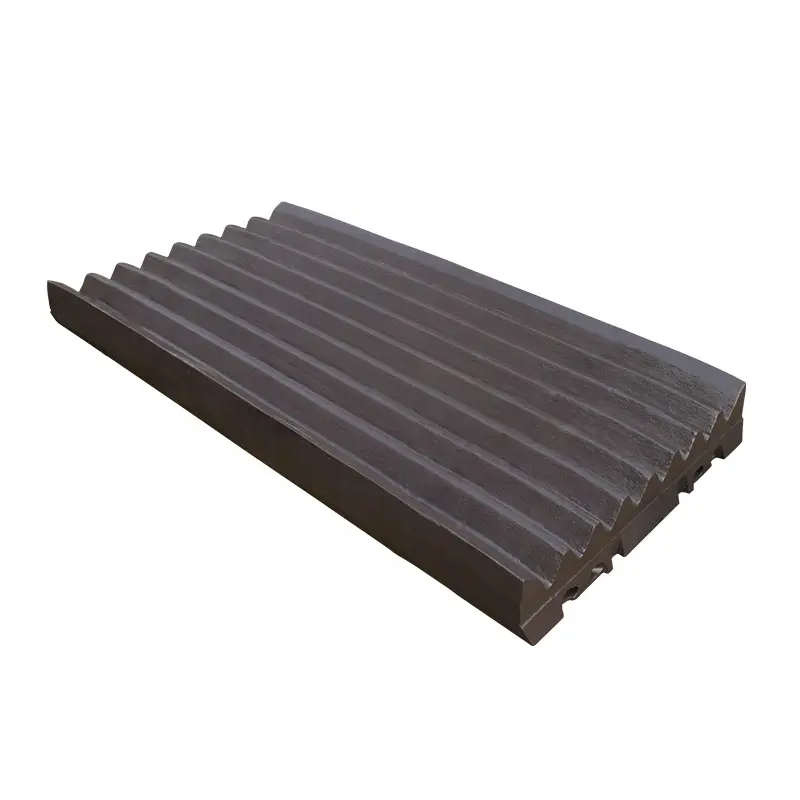Daily maintenance and care of the jaw plate: Reduce wear and extend service life
As an important component of the fitter's tools, the daily maintenance and care of the jaws plate are crucial for maintaining the performance of the tools, reducing wear and extending their service life. The following are some practical maintenance methods and care tips:
First, daily cleaning
Timely cleaning: After each use of the jaw plate, the oil stains, dust and metal shavings on its surface should be cleaned in time to keep it clean. This can prevent the accumulation of dirt and reduce wear caused by dirt.
Use a soft cloth or brush: Gently wipe the surface of the jaw plate with a soft cloth or brush to remove stains and impurities. Avoid using hard tools or corrosive cleaners to prevent damage to the surface of the jaw plate.
Second, lubrication and maintenance
Regular lubrication: The moving parts of the jaw plate need to be regularly lubricated with oil or grease to reduce friction and prevent rust. Lubrication can effectively reduce the wear between components, maintaining the flexibility and durability of tools.
Use the appropriate lubricating oil: Select the suitable lubricating oil and determine the type of lubricating oil based on the usage environment and requirements of the tool. For instance, for tools used in a humid environment, lubricating oil with anti-rust functions should be selected.
Third, regular inspections
Check the wear of the jaws: Regularly inspect the jaw plates for any wear, cracks or deformations, especially after long-term use. Worn jaws may affect the clamping capacity and accuracy and should be repaired or replaced in a timely manner.
Check the fasteners: Ensure that all screws, nuts and other fasteners are firm and there is no loosening. Loose parts may cause accidents during the use of the tool, affecting work efficiency and safety.
Fourth, avoid improper use
Avoid knocking: Do not strike the workpiece on the jaw plate. Instead, operate on a platform with a fixed jaw body. Knocking may damage the jaw plate and affect its service life.
Avoid excessive opening: When using the jaw plate, avoid excessive opening or overly large gaps to prevent damage to the tool or failure to complete the expected work.
Fifth, storage environment
Dry and well-ventilated: The jaw plates should be stored in a dry and well-ventilated place to avoid moisture and rust. A damp environment can easily cause rust on the surface of tools, affecting their performance.
Avoid collision: During storage and use, be careful to prevent the tools from colliding or dropping to avoid deformation or damage to the tools.
Sixth, deep maintenance
Comprehensive inspection: Conduct a thorough inspection once a year to check for any irregular wear, cracks or deformations on the jaw plate. For severely worn jaw plates, it can be considered to repair or replace them.
Rust prevention treatment: If the jaw plate is used in a humid environment, regular rust prevention treatment should be carried out, such as applying anti-rust oil.
Through the above daily maintenance and care methods, the wear of the jaw plate can be effectively reduced, its service life can be prolonged, and the performance and safety of the tool can be ensured. It is hoped that these methods can help you better maintain and care for the jaw plate and improve work efficiency.




